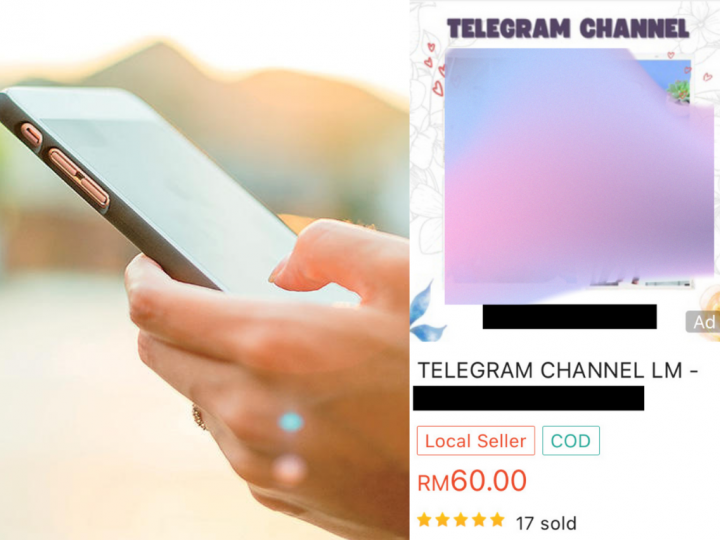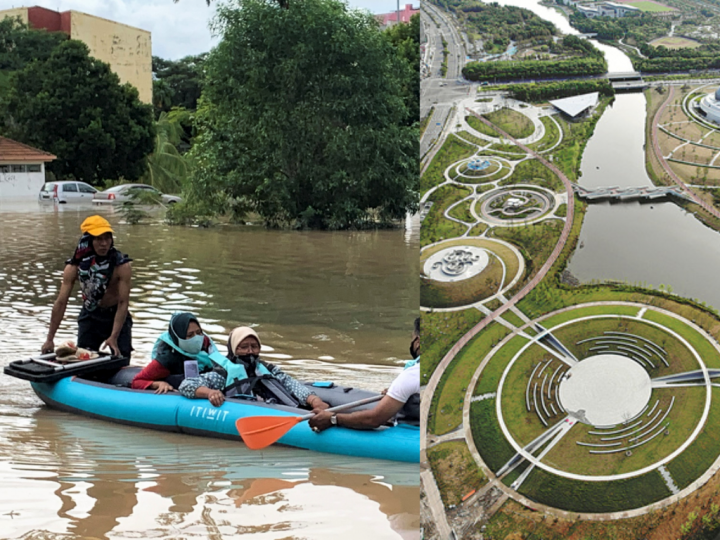Building Highways Won’t Stop Traffic Jams But This New Approach Could End It Once & For All
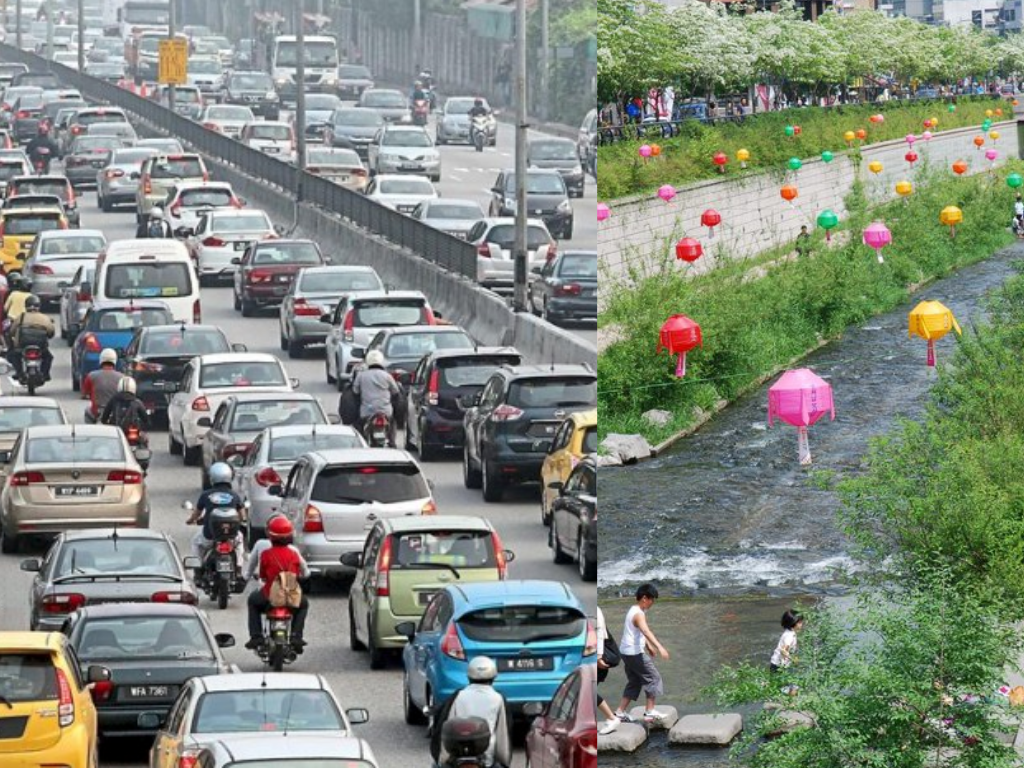 Thirsty for JUICE content? Quench your cravings on our Instagram, TikTok and WhatsApp
Thirsty for JUICE content? Quench your cravings on our Instagram, TikTok and WhatsApp
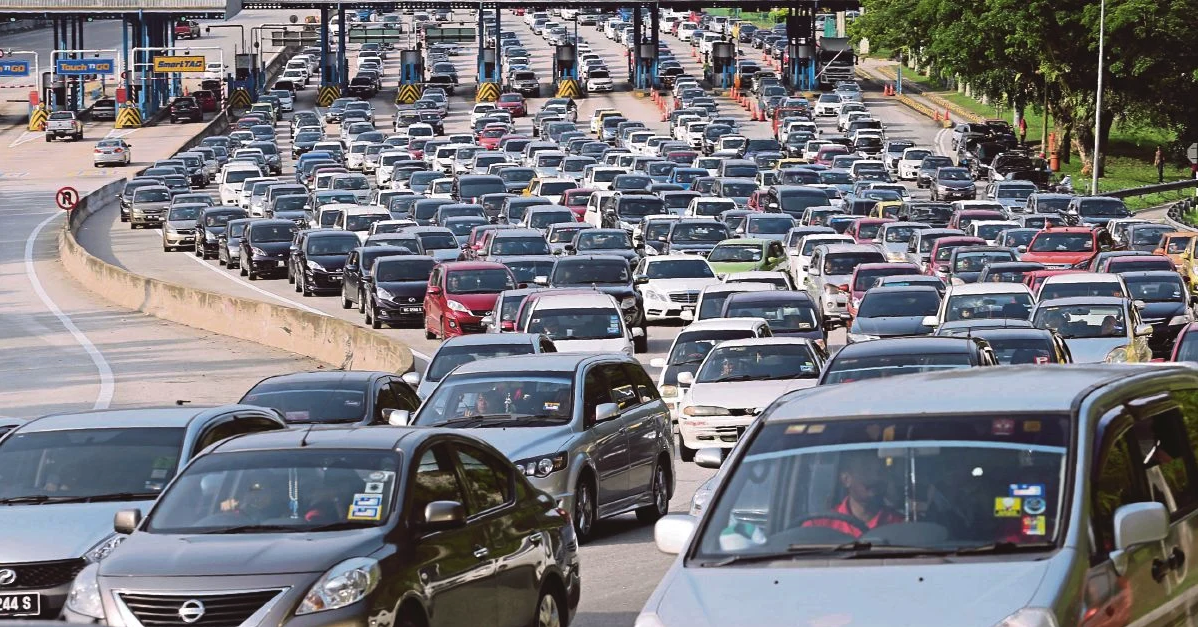
Remember when we reported on Grab drivers declining job offers because of the insane traffic congestion happening in Klang Valley?
While Grab drivers are now back at work, we regret to inform you that the traffic jams in the area are still, to put it nicely, crap.
While the government aims to reduce traffic congestion by promoting public transportation, opening the new MRT Putrajaya line, and giving free public transportation services to us, this will not help traffic congestion in the long run.

The government must now think of a sustainable plan to combat the increasing number of vehicles on the road.
But how could we combat traffic congestion besides only promoting public transportation?
Replace Existing Highways
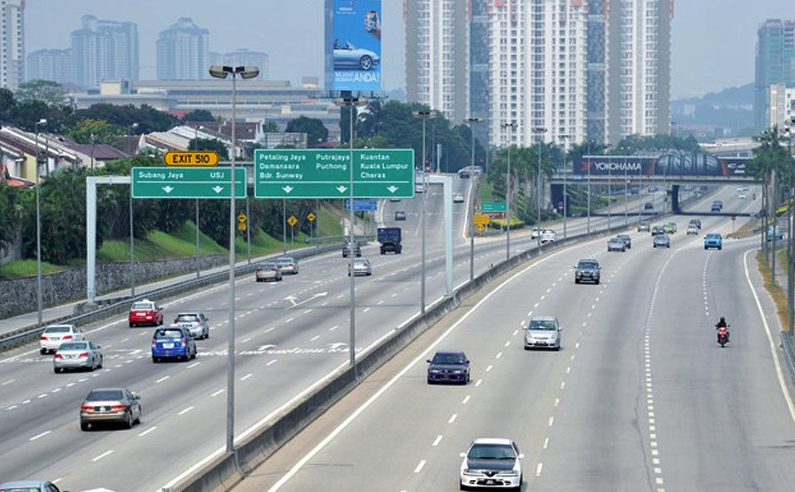
If you’re from the Klang Valley, you know that there aren’t quite as many planes and birds in the sky as BLACKPINK would have you believe. Instead, you’ll find that new roads are being constructed on top of existing ones.
Kuala Lumpur, Malaysia’s colourful and very hot capital city, is currently too crowded with people and roadways.
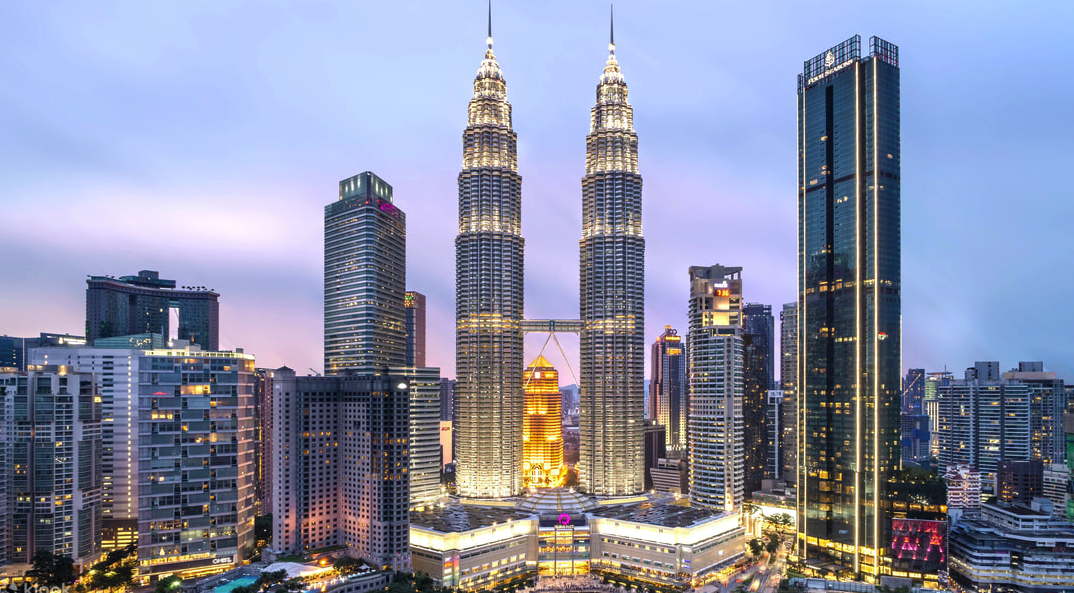
The construction of additional motorways, which has been touted as a solution to traffic congestion, has been shown to be ineffective in several nations.
South Korea gained international acclaim in 2003 for transforming a mile of freeway in the heart of Seoul into a park covering 1,000 acres.
The outcome is revolutionary.
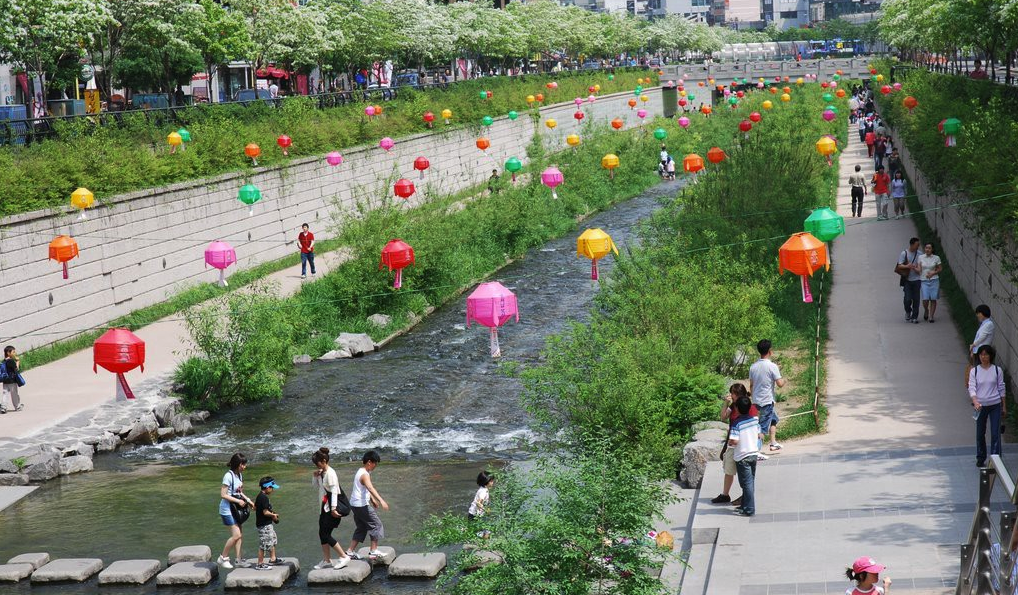
They discovered that in the long run, this change boosts the local economy via tourism while also reducing traffic.
I can guess what you’re thinking, “What?! That can’t be true! What, by removing a major freeway traffic congestion issues were alleviated?”
You and our government may scratch your heads, but I’m here to feed you the facts of a forgotten research.
Back in 2015 in Houston, Texas, a study was done by City Observatory on the Katy Freeway that previously promised a better future for locals in the area with traffic congestion expected to be reduced.
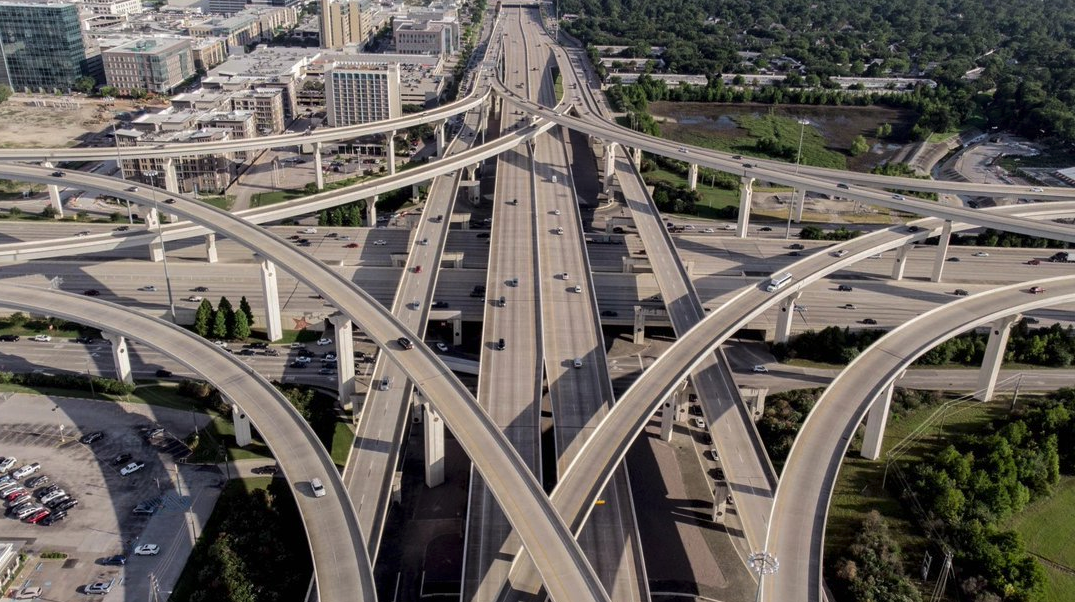
Unfortunately, the opposite occurred, and traffic congestion became much worse from 2011 to 2014.
The freeway saw a never-ending ‘upgrade’ as more lanes were added which resulted in 23 different lanes being built for that one freeway. This, in the end, hurt the economy as it takes more money to build those lanes that didn’t prove to be beneficial.
Induced Demand is the driving force behind all of this. Economist Anthony Downs, who pioneered the study of traffic congestion in the 1960s, is credited with developing this concept.

To put it simply, Induced Demand occurs when more of a service is made available to consumers.
Since new highways are being constructed, drivers may mistakenly believe they may avoid congestion by using one of these routes. It doesn’t help that the government says new roadways would reduce congestion.
If more individuals adopt this view, they will stop using public transit or using carpools and instead drive alone to work.
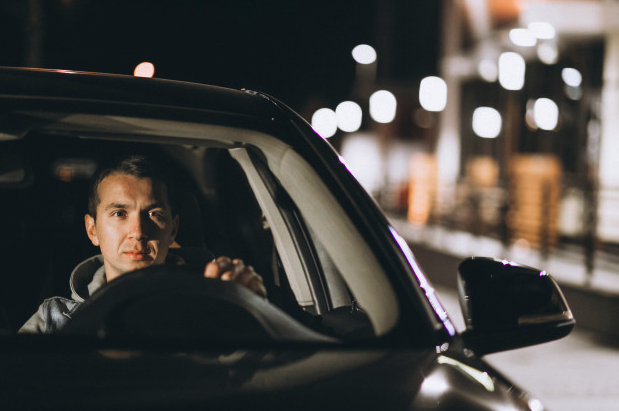
In other words, if you do the math, there are now more cars on the road than there were before.
So, how can we get rid of these prerequisites? Rupture those brand new roads and cut off the supply.
We understand that this is a difficult reality for the government to face given the billions of ringgit already spent on new roads to address the issue, but hey, maybe you should conduct some serious study before spending billions of public money. This research was done in the 60s after all.
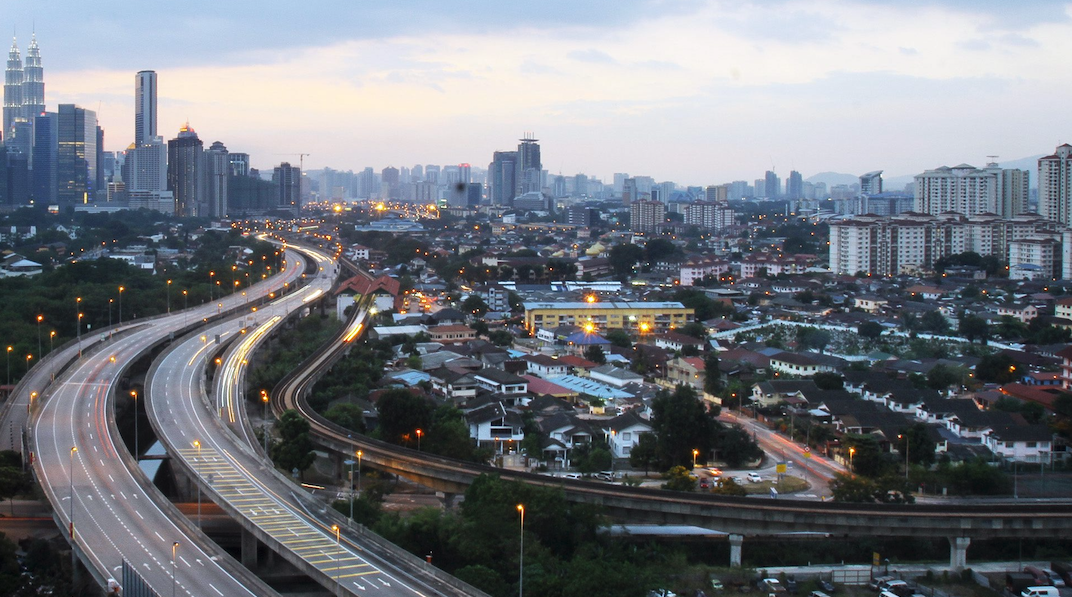
The government’s efforts to expand and improve public transit are mostly honourable.
Also, the Ministry of Transport, have been doing their job by promptly responding to inquiries from dissatisfied citizens and minister Dr. Wee Ka Siong has openly criticized Grab for its poor service and unexpected pricing increases.
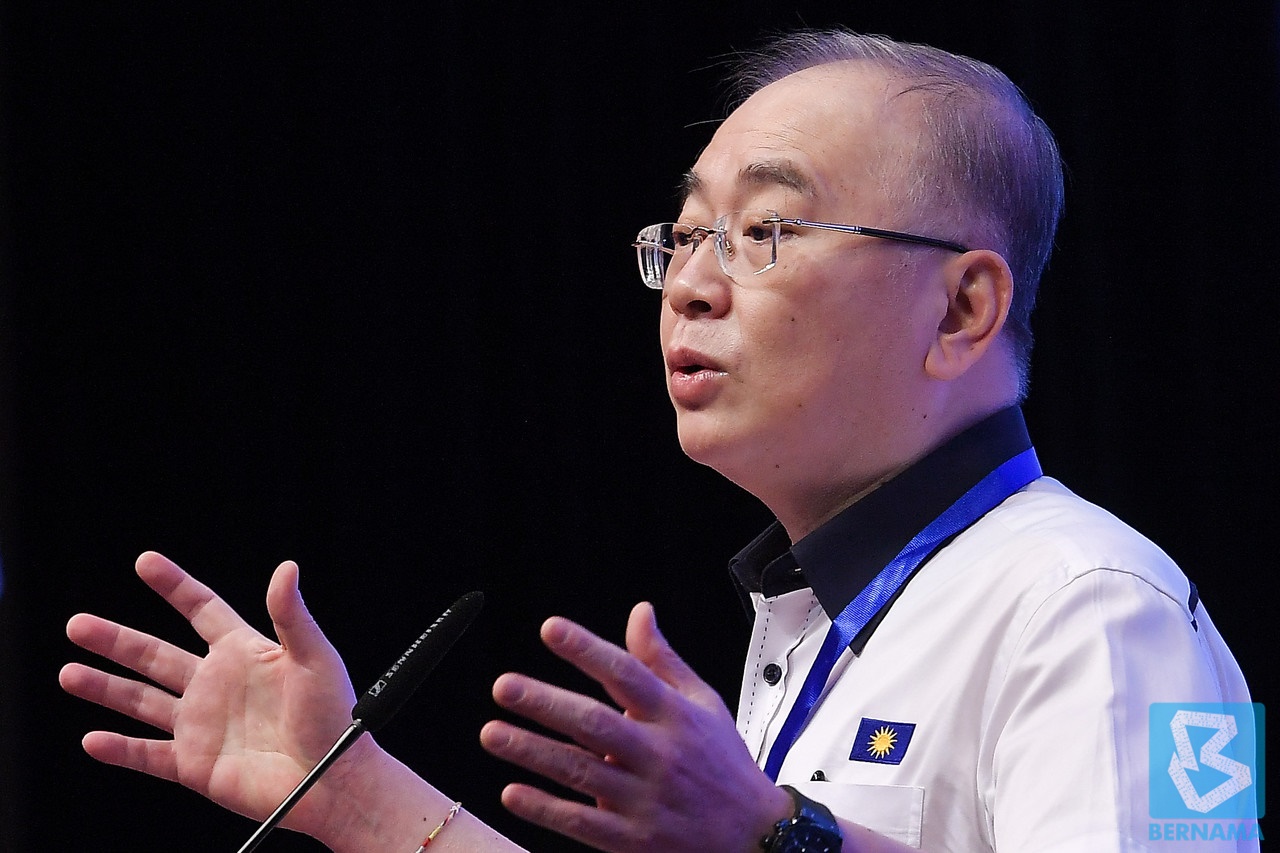
Perhaps Dr. Wee’s office could examine this concept and find an alternative to the current highway system.
The economy may also benefit from other factors than parks. For the long-term benefit of our economy and the alleviation of traffic, consider the following potential infrastructure for public transport projects (because we don’t need another mall).
1. Tram Stations
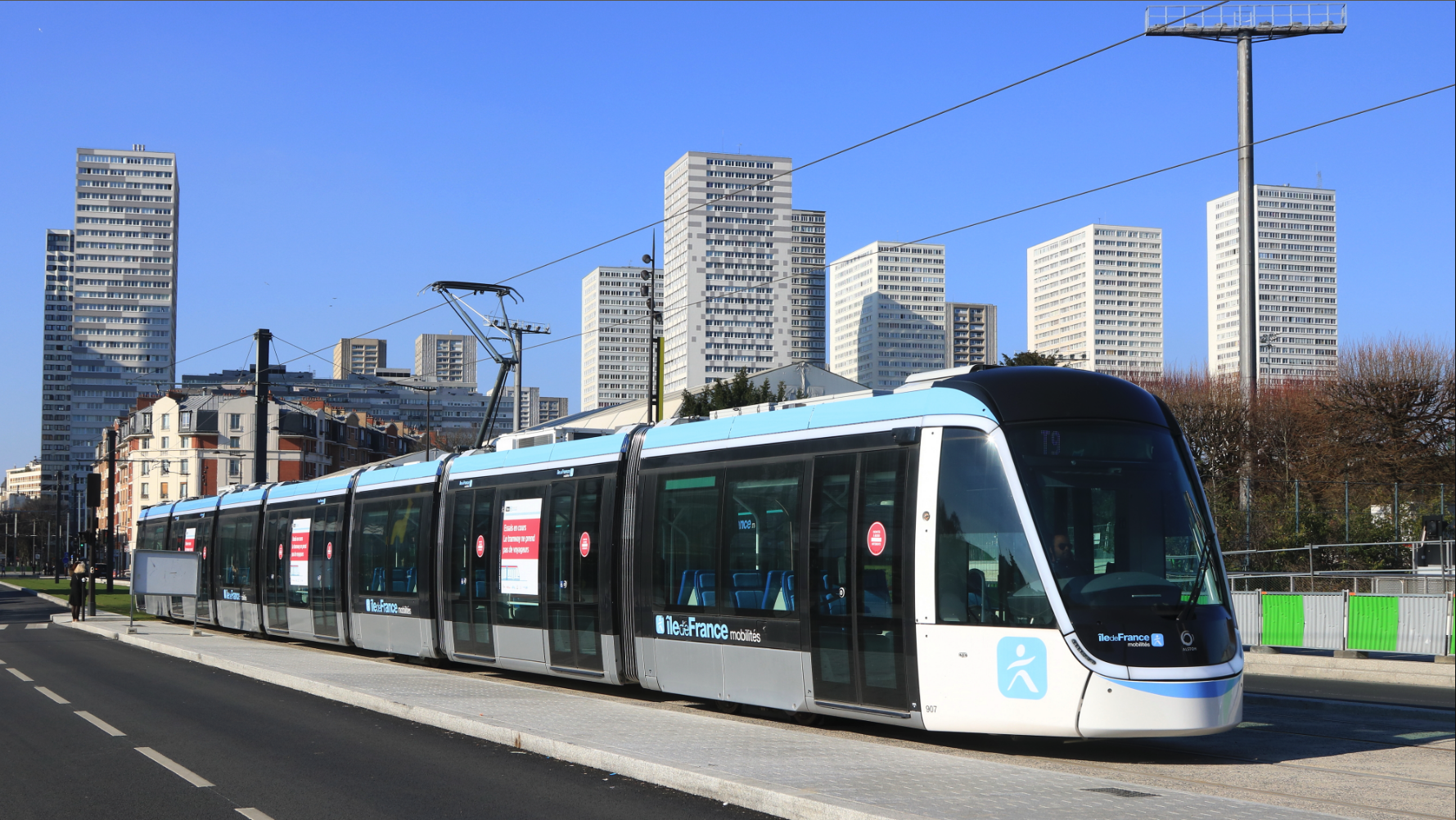
These are like trains but they operate on land. Just like buses. It’s what you get when you marry a train and a bus.
2. National Library Stations

Do you know what sucks? The fact that we only have one national library. The locals love reading okay, just look at their Facebook comments on a controversial post. Maybe we don’t need a bigger one but perhaps, smaller stations for people to read books, the latest magazines and comics!
3. More Local Theatres (Not Cinemas)
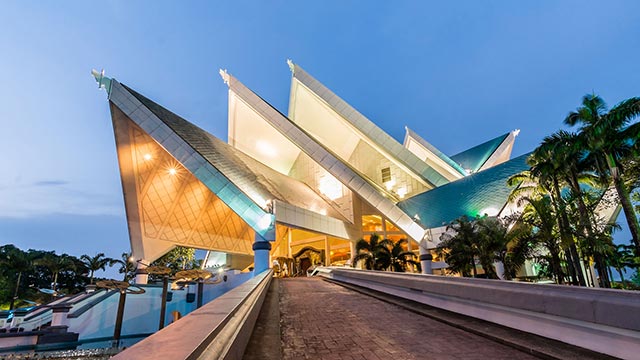
Have you seen Mek Mulung, Menora, Mak Yong, Randai, and Bangsawan? If you’ve not seen one of them or maybe all of them, that’s because local artists do not have enough government-funded theatres to perform at. Most theatres were built by NGOs, even KLPAC. It’s time to celebrate our local art like our stepsister, Indonesia is doing.
Those are three ideas for our government to replace existing roadways that will not help traffic congestion. I would love to provide you with more but taxpayers didn’t pay me to better the infrastructure hence, let us all ask for ideas from people who are actually responsible instead.


 Get Audio+
Get Audio+ Hot FM
Hot FM Kool 101
Kool 101 Eight FM
Eight FM Fly FM
Fly FM Molek FM
Molek FM
